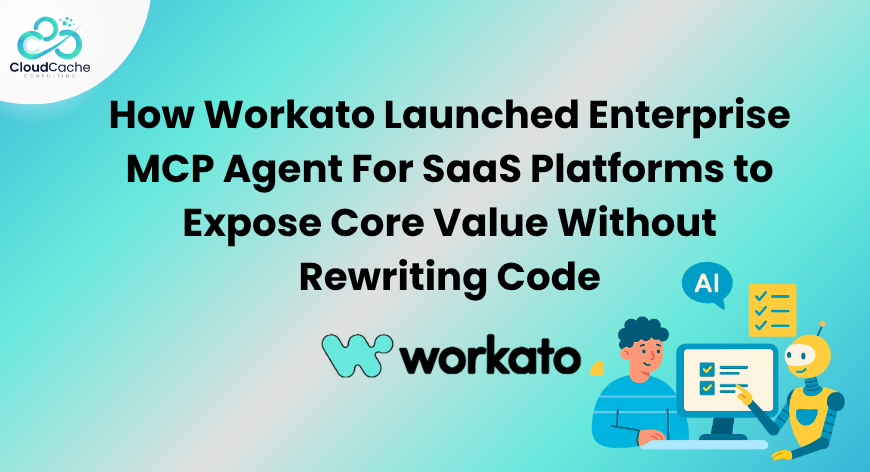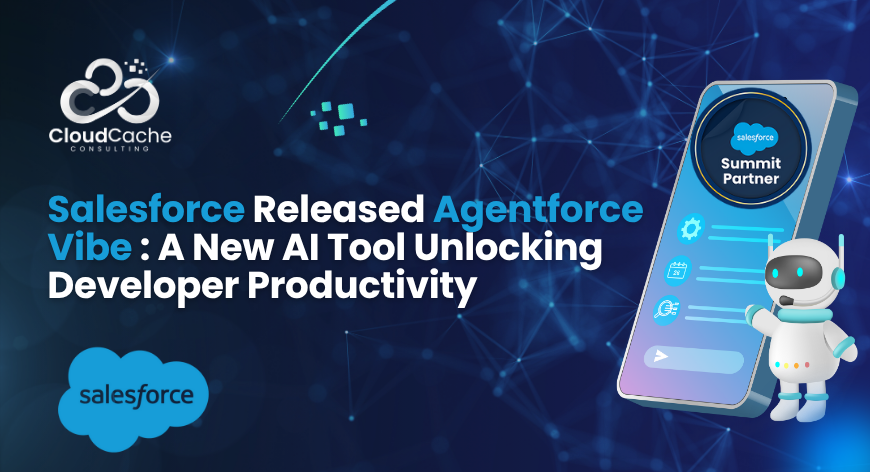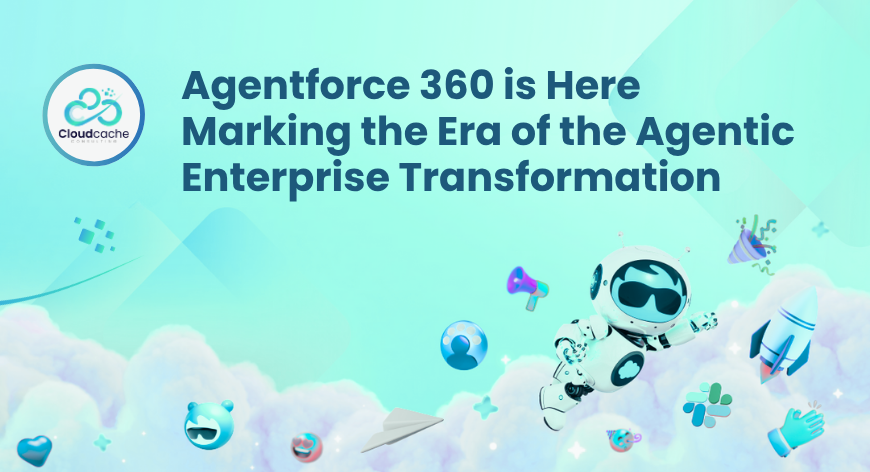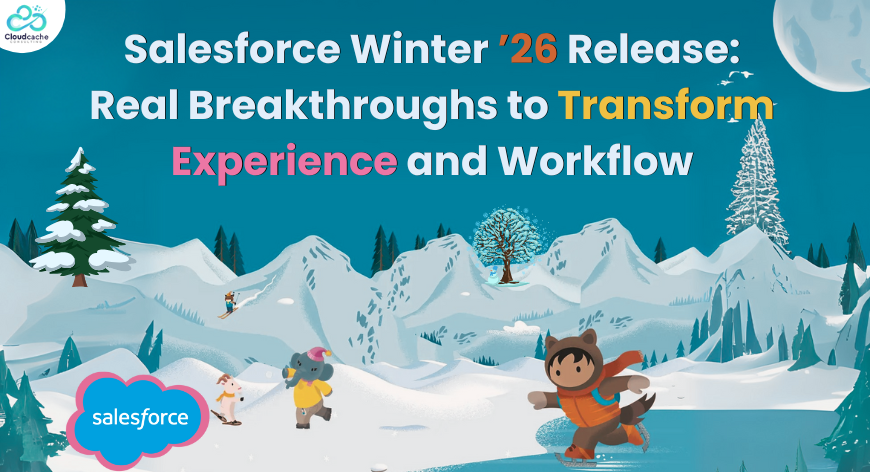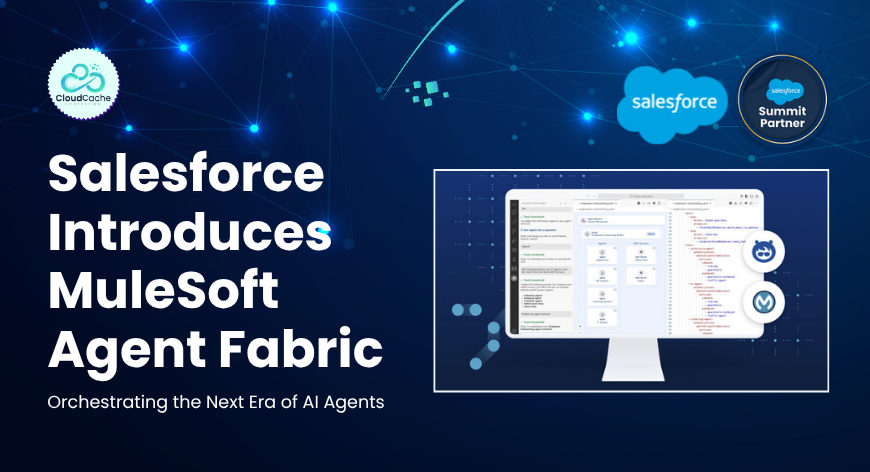
Salesforce Introduces MuleSoft Agent Fabric: Orchestrating the Next Era of AI Agents
We’ve all seen it: someone builds a small automation to fix a daily annoyance. Another team builds a different bot for a separate task. A few months later you’ve got dozens of agents — each useful on its own but nobody looking after how they work together.
That mess is called agent sprawl. It creates duplicate work, confusing handoffs, and unexpected gaps in security or compliance. A single customer can end up talking to three different agents and get three different answers. That’s frustrating — and risky.
MuleSoft Agent Fabric aims to stop that from happening. It gives teams a single place to register, connect, and control agents so they behave like parts of the same system instead of a set of disconnected tools.
Turning Fragmented Agents into a Secure Network
Think of your business as an orchestra, not a closet of instruments. When every agent plays its own tune, the result is noise. MuleSoft Agent Fabric acts like a conductor and stage manager: it lines up the cues, prevents clashes, and keeps the show running smoothly.
Instead of reinventing the same helper for every department, teams can discover and reuse existing agents. Tasks route where they should, policies travel with the data, and engineers can trace who did what. The upshot is simple — fewer mistakes, faster fixes, and more predictable operations.
Why This Matters for Businesses
AI agents are being added at breakneck speed. That’s exciting — and dangerous when we don’t plan for scale. A missed check in a mortgage flow can delay a loan or create a compliance issue. Conflicting pricing bots can confuse customers and cost money. These aren’t abstract problems; they affect real people and real outcomes.
MuleSoft Agent Fabric gives leaders a way to move fast while staying in control. It makes agents visible and accountable, so teams can scale automation without creating new blind spots.
Key Capabilities of MuleSoft Agent Fabric
Salesforce has built the Fabric around four core features:
- Agent Registry: A central catalog where every AI agent can be registered and discovered. This prevents duplication and makes agents reusable across workflows.
- Agent Broker: An intelligent routing service that organizes agents into business domains and ensures tasks are dynamically assigned. It enables complex, multi-step processes to flow smoothly across systems.
- Agent Governance: Enterprise-grade guardrails that apply compliance and policy controls at every interaction. This allows companies to scale AI securely without sacrificing oversight.
- Agent Visualizer: A dynamic map showing how agents interact and perform. By turning AI into an observable system, it helps IT teams optimize efficiency and build trust.
Together, these capabilities transform how enterprises manage the growing ecosystem of AI agents.
Real-World Use Cases
The power of MuleSoft Agent Fabric becomes clear in practical applications:
- Mortgage Processing: A “Mortgage Assistant” agent can use the Broker to connect with external agents for credit checks, document signatures, and compliance verification — all in one seamless flow. This reduces delays and compliance risks.
- Supply Chain Logistics: An “Operations Agent” can coordinate with logistics partners, ERP systems, and quality control agents to respond to shipment delays in real time. The Visualizer ensures full transparency into these activities.
- Partner Onboarding: Agents managing sales, IT access, and training can work together under governance rules, ensuring that new partners receive access only to what they need, without exposing sensitive data.
These examples highlight how orchestration prevents critical handoffs from failing and keeps processes both agile and secure.
Availability
Agent Registry, Broker, and Visualizer will be generally available in October 2025.
Agent Governance is available now.
Final Words: Building the Agentic Enterprise
This isn’t about replacing people with machines. It’s about giving people tools that work together and behave predictably. The companies that win will treat agents as parts of a system — instrumented, governed, and easy to coordinate.
MuleSoft Agent Fabric offers a practical path to that future. It lets teams experiment quickly while keeping audits, policies, and performance clear. In short: small, governed steps now save big headaches later.
If you want, I’ll replace these in the full article and smooth the transitions, so the tone stays consistent throughout.
For more such updates stay connected with CloudCache Consulting.


